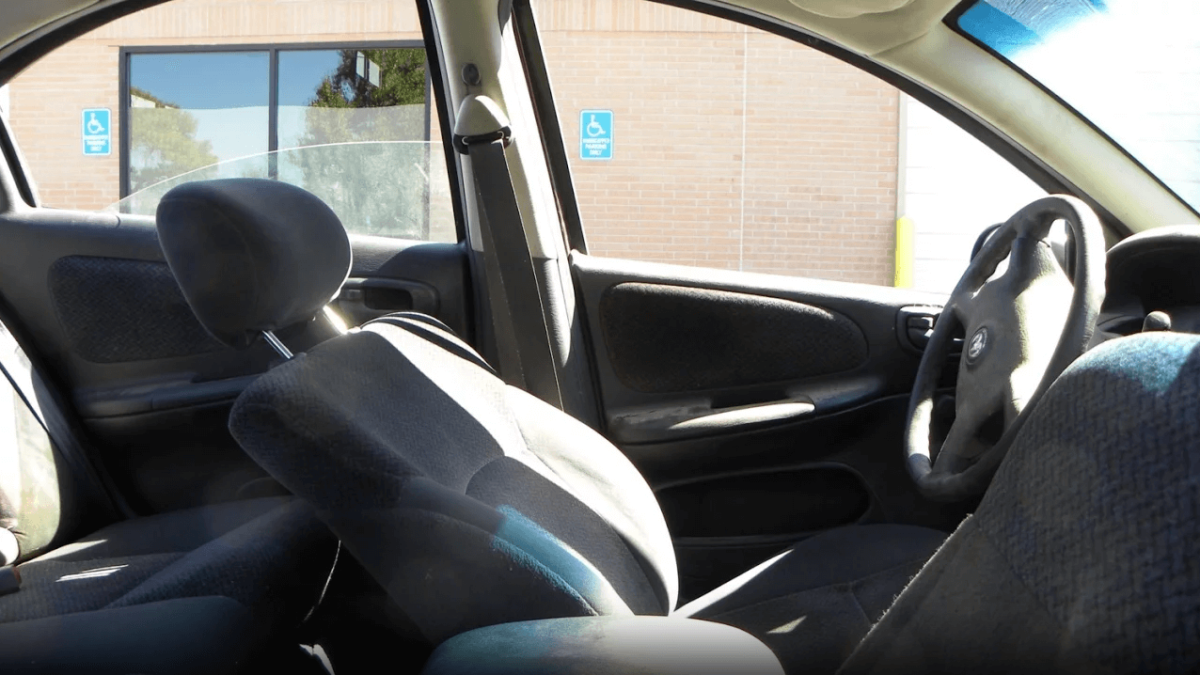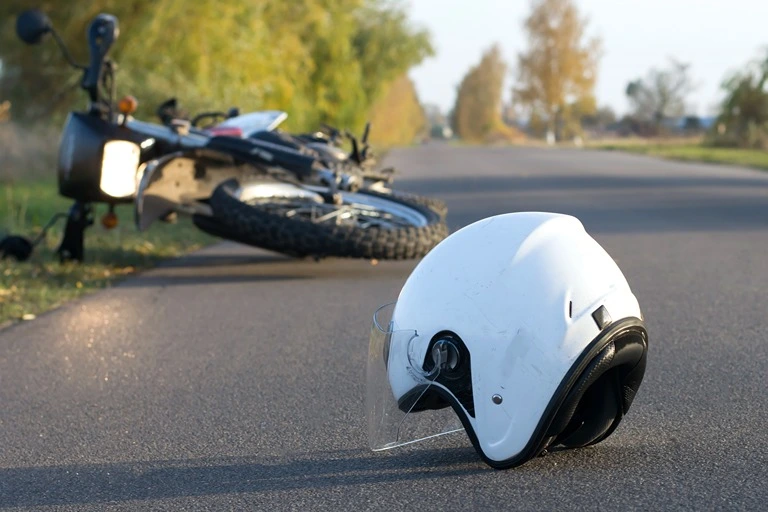
The seatbacks for front occupants play a vital safety role in rear-end crashes, similar to seatbelts and airbags in frontal crashes. Seatback failures commonly occur because the seats are constructed with weak materials.
Weak, defective seatbacks can collapse in rear-end crashes, causing catastrophic injuries to both front and rear passengers. Seatback failures typically catapult front passengers to the rear, or the seat collapses onto rear passengers and causes spinal or brain injuries. Sadly, young children sitting in the backseat are common victims of seatback collapses.
Many seats manufactured today – even on 5-star rated vehicles – experience gross deformation and failures during rear impacts. In some cases, the seats are manufactured with an insufficient recliner mechanism that bends and twists during low-speed impacts and allows the seat to fall backward.
If a seat collapses backward, shoulder belts anchored to the frame of the vehicle will no longer protect and restrain the occupant. The occupant becomes unsecured and is thrown into the rear seat.
Auto manufacturers have known about the dangers of defective seatbacks for decades. The standard for seatback strength in rear-end crashes—Federal Motor Vehicle Safety Standard 207—is grossly inadequate and fails to predict the performance of seats under impact conditions. In fact, a lawn chair purchased at a discount retailer can easily pass the standard that regulates seatback strength. There are millions of cars on the road with seatbacks that will collapse and fail in rear-end crashes at residential speeds.
Common Injuries from Seatback Failure
Both front and rear passengers are at risk of severe injury from seatback failures. When a front seatback collapses or flings backward, front passengers may be thrown into the rear seat. The front occupants themselves may be severely injured or killed or may collide into children or other rear occupants. The injuries caused by seatback failures often have devastating and permanent effects, resulting in:
· Paralysis
· Brain injury
· Death
Characteristics of a Seatback Failure
If you or someone you know has been seriously injured in a crash, do not rule out the possibility of seatback failure. Seatback failures commonly include:
· Spinal injuries and/or severe traumatic brain injuries in rear-end crashes.
· Evidence that the seat was in reclined position after the crash.
Routinely, vehicle seats are moved and/or removed by first responders, so evidence of seatback failure may not be readily apparent. It is important to talk to emergency responders and scene witnesses to confirm whether the seatback was repositioned upright after the crash.


